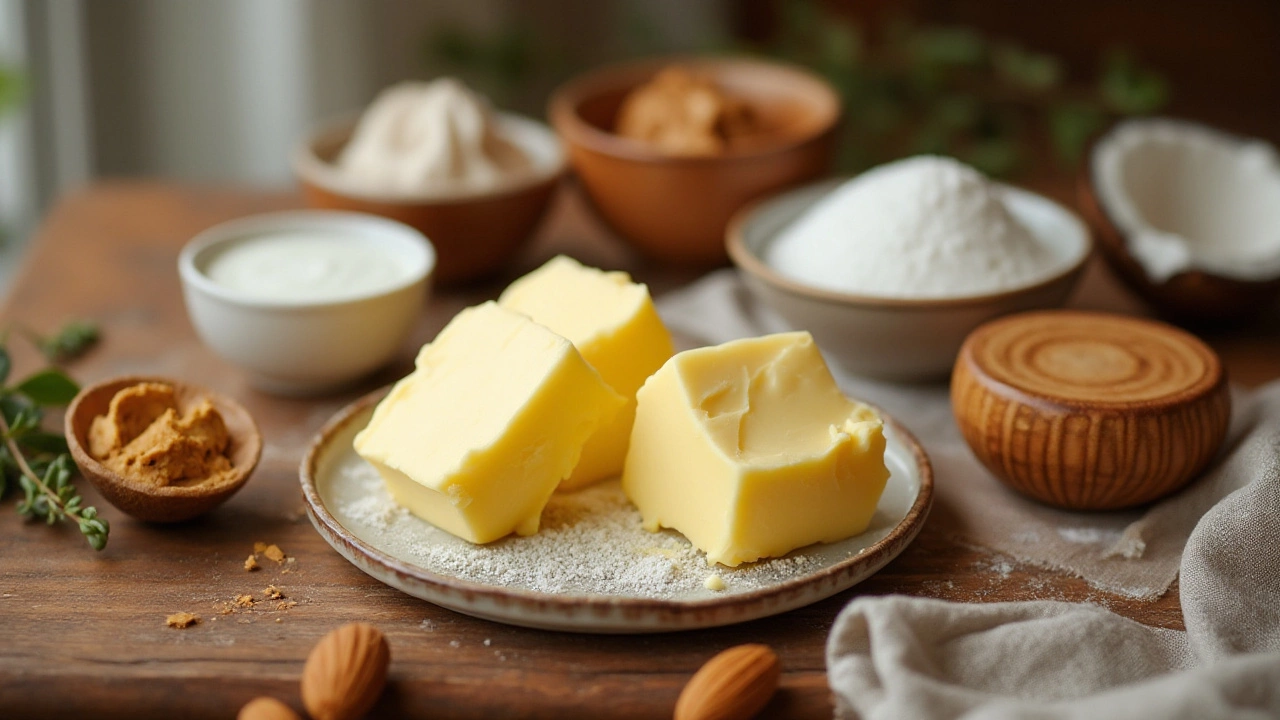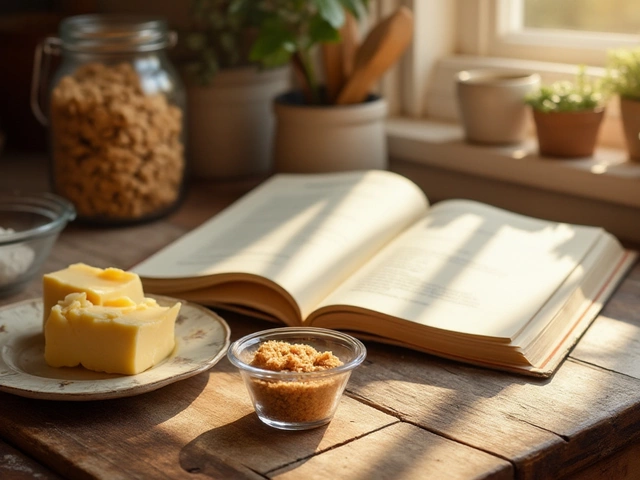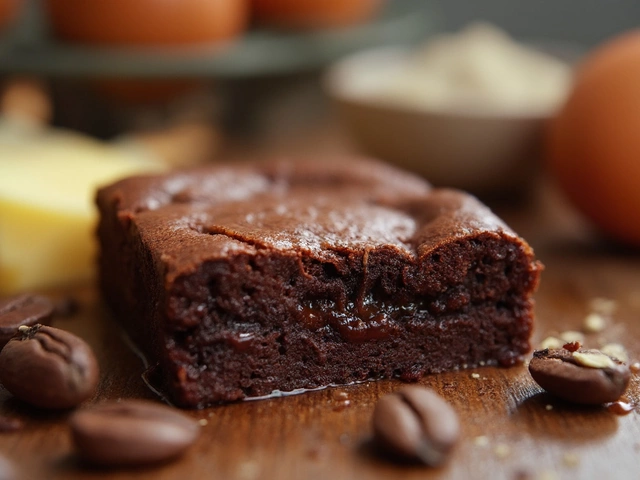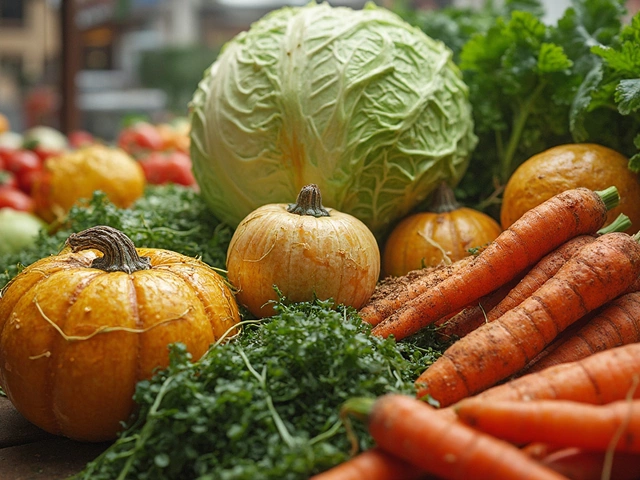Vegan Baking Made Easy – Simple Tips for Plant‑Based Sweet Treats
If you think vegan baking is a mystery, you’re not alone. Most people just need a few reliable swaps and a bit of know‑how to get there. Below you’ll find the basics that turn any traditional recipe into a plant‑based winner.
First, remember that the goal isn’t to copy the exact texture of a non‑vegan bake, but to create something delicious in its own right. That mindset makes it easier to experiment without fear of “failure.”
Ingredient Swaps You Can Trust
Eggs: Use mashed banana (¼ cup per egg), unsweetened applesauce (¼ cup), or a simple flax‑seed gel (1 tbsp ground flax + 3 tbsp water, let sit 5 minutes). For recipes that need structure, like cakes, try a mix of ½ tsp baking powder and ¼ cup silken tofu. Each option brings moisture and a little lift.
Dairy milk: Almond, soy, oat, or coconut milk all work. Choose unsweetened versions for cakes and cookies, and go for the richer coconut milk when the recipe calls for heavy cream.
Butter: Coconut oil, vegan margarine, or plain olive oil are solid choices. Coconut oil gives a subtle coconut flavor, which can be great in chocolate or tropical desserts.
Chocolate: Look for "dairy‑free" or "vegan" labels. Dark chocolate with 70% cocoa or higher usually contains no milk.
Sugar: Regular granulated sugar is vegan, but many prefer raw cane sugar or coconut sugar for a deeper flavor. Just remember that coconut sugar is a bit less sweet, so you may need a touch more.
Techniques for Light and Fluffy Results
One common mistake is over‑mixing. Vegan batters can become gummy if you stir too much. Mix until ingredients are just combined, then stop.
Temperature matters. Let melted butter or coconut oil cool slightly before adding to the batter; hot fat can cook the batter prematurely and make it dense.
Don’t skip leaveners. Baking powder and baking soda are still your best friends. If you use a banana or apple sauce egg replacer, add ¼ tsp extra baking powder per egg to help the rise.For cupcakes and muffins, fill the molds only three‑quarters full. This gives room for the batter to puff up without spilling over.
Try a “cream” method for cookies: beat vegan butter (or coconut oil) with sugar until light and fluffy before adding dry ingredients. This adds air and gives a softer texture.
When making fudge or caramel, use a candy thermometer. The soft‑ball stage (235‑245°F) is the sweet spot for smooth, creamy fudge, vegan style. Plant‑based milks often need a bit longer to hit that temperature, so be patient.
Finally, taste as you go. Vegan ingredients can differ in sweetness and flavor intensity. Adjust with a pinch of salt, a splash of vanilla, or a drizzle of maple syrup to balance the final product.
With these swaps and tricks, you’ll find that vegan baking isn’t a limitation—it’s an opportunity to explore new flavors and textures. So grab your favorite plant‑based milk, pick a recipe, and start creating desserts that even non‑vegans will love.

Understanding Why Butter Isn’t a Vegan-Friendly Choice for Desserts
Butter is a staple in many traditional dessert recipes, but it's not suitable for those following a vegan lifestyle. This article explores the reasons why butter isn't considered vegan, delving into its composition and origins. It also provides insights into vegan alternatives and tips for incorporating them into your baking repertoire. Discover how to create delicious plant-based desserts without compromising on flavor or texture.
View More



